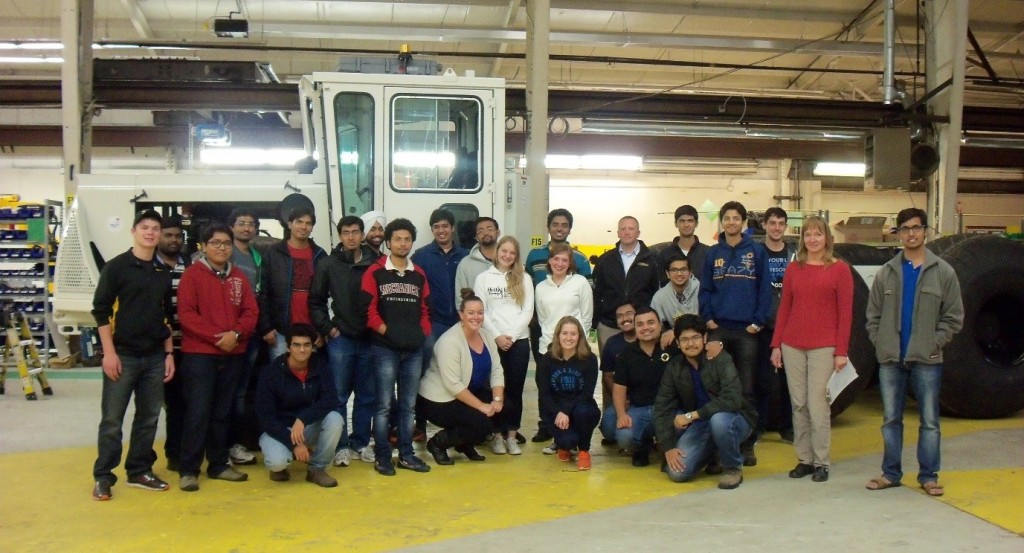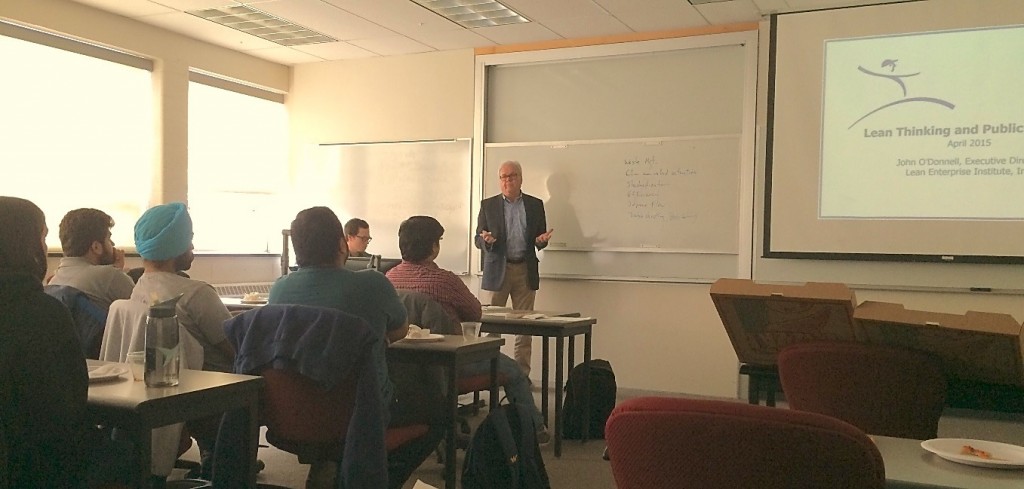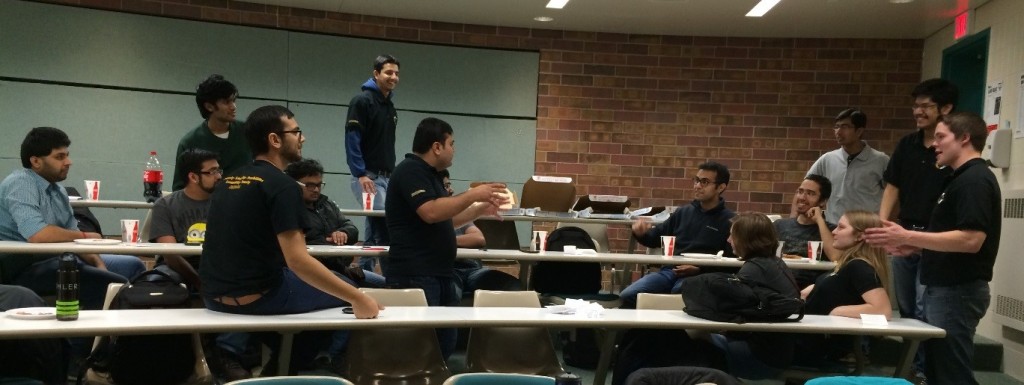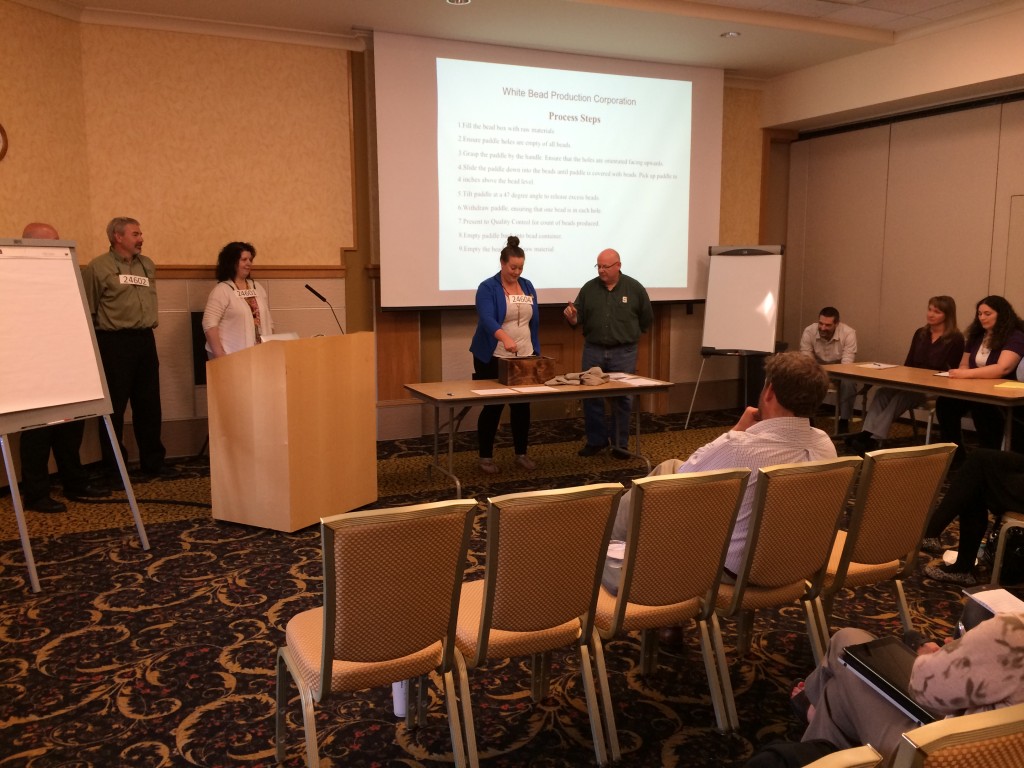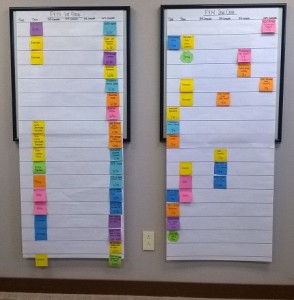As the career fair has passed and students anxiously await interviews and follow ups from company representatives, I’d like to take this time to remind students about how Lean principles are more than knowing where to insert buzzwords. I know from experience that understanding lean practices and then applying the tools in a real world project can really make you shine as a candidate on career fair day–not to mention change your environment for the better.

For example, when I was a freshman I learned about Kanban and then integrated the principles into my own work flow. This has helped me tremendously when juggling school work, student organizations, research, and working at the Office of Continuous Improvement. A picture of a Kanban can be seen below. I encourage you all to learn more about Lean principles and start to integrate them into your daily life. Then when it comes time for an interview you can not only refer to the Lean term, but also follow up with an example of how you then applied the given concept.

If you want to know more about continuous improvement, feel free to reach out to the Office of Continuous Improvement either by phone at 906-487-3180 or email improvement@mtu.edu. You are also welcome to stop by our office (we love having visitors) located in 136 West Wadsworth Hall, right above the WMTU sound booth.
